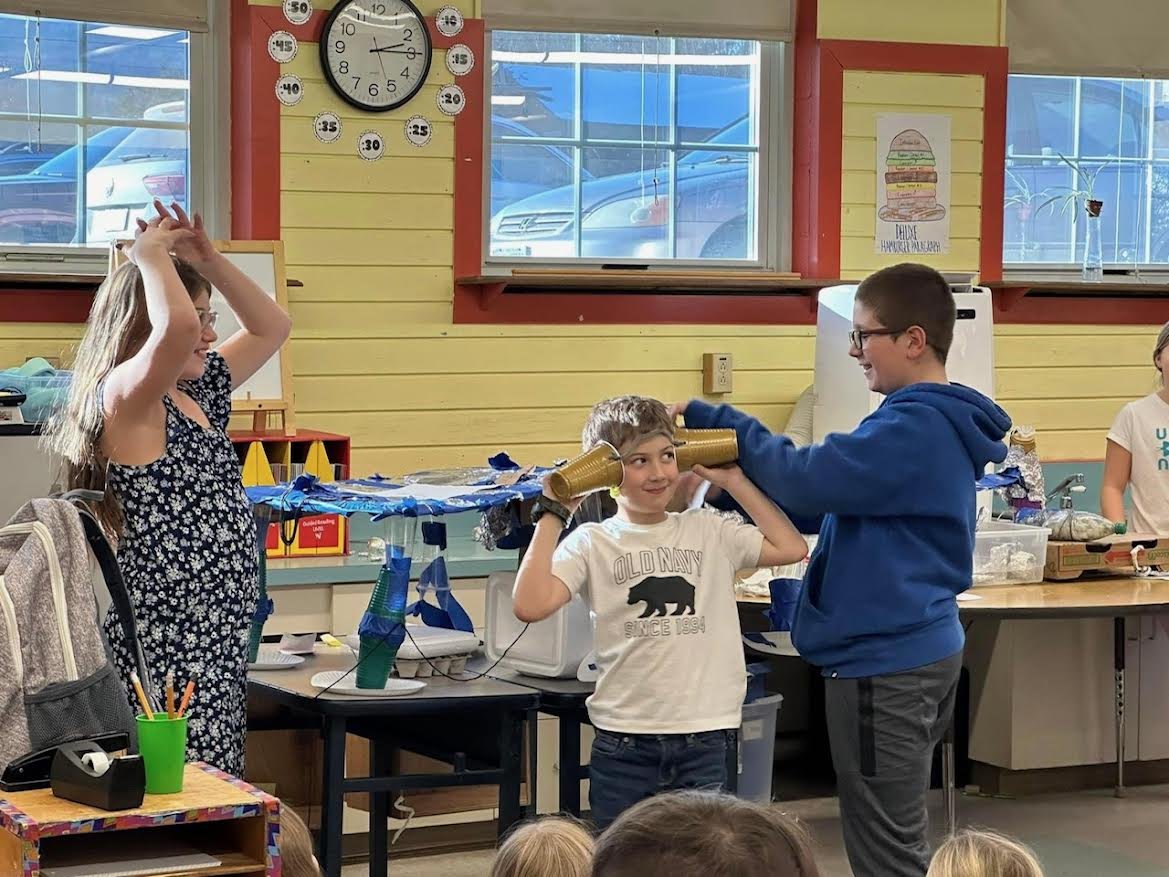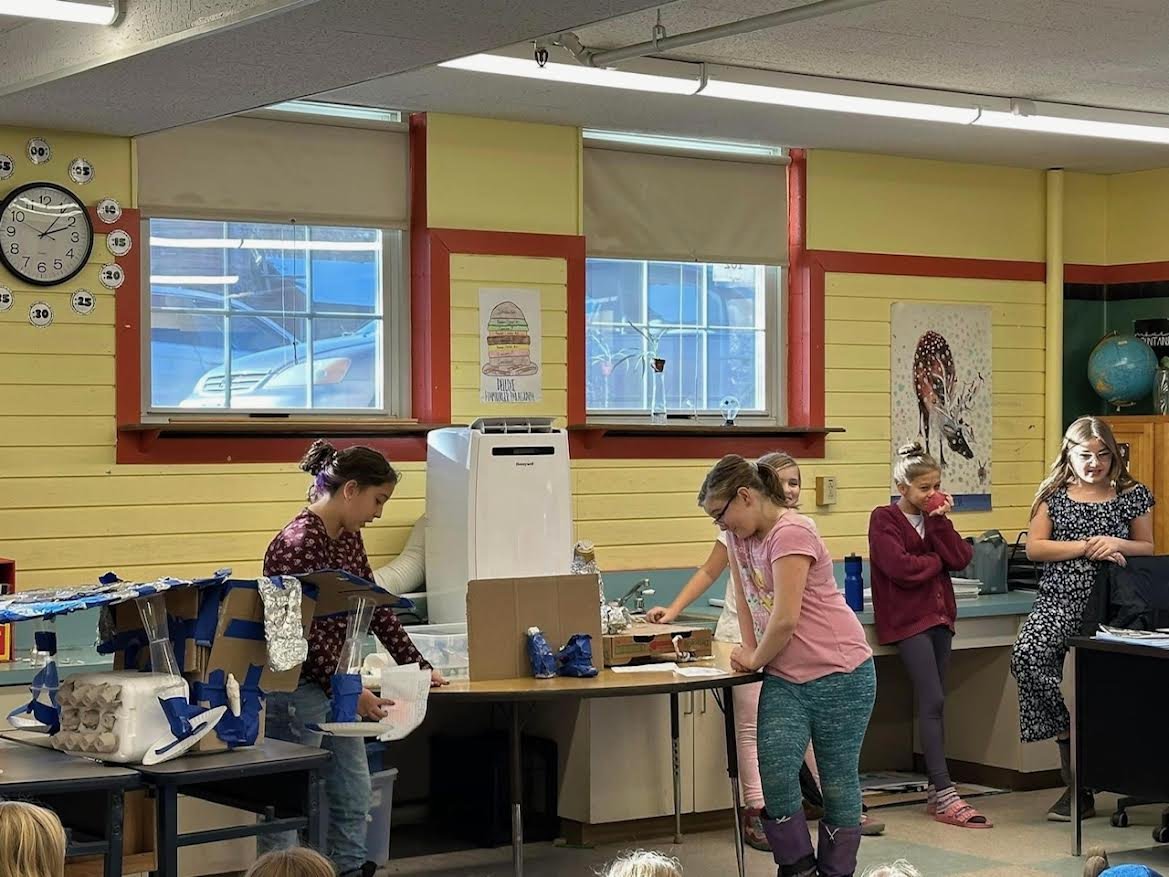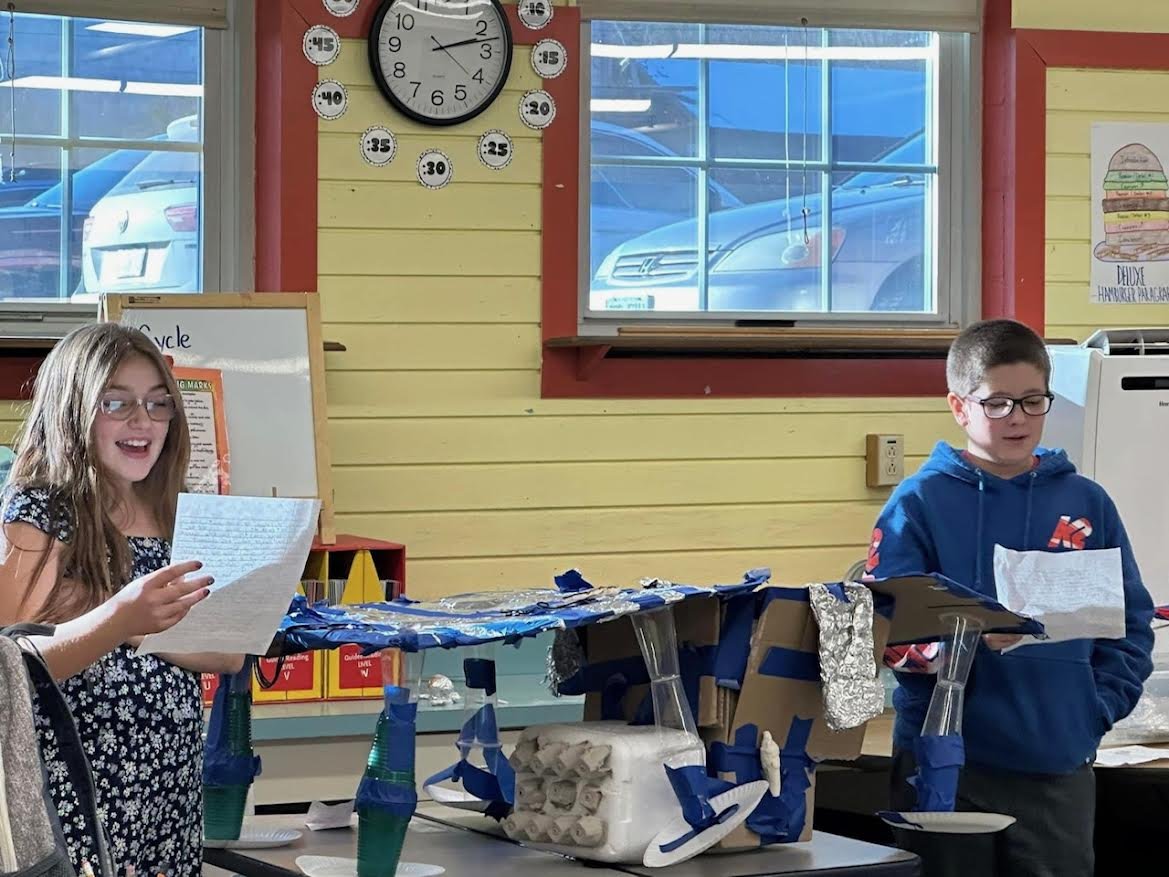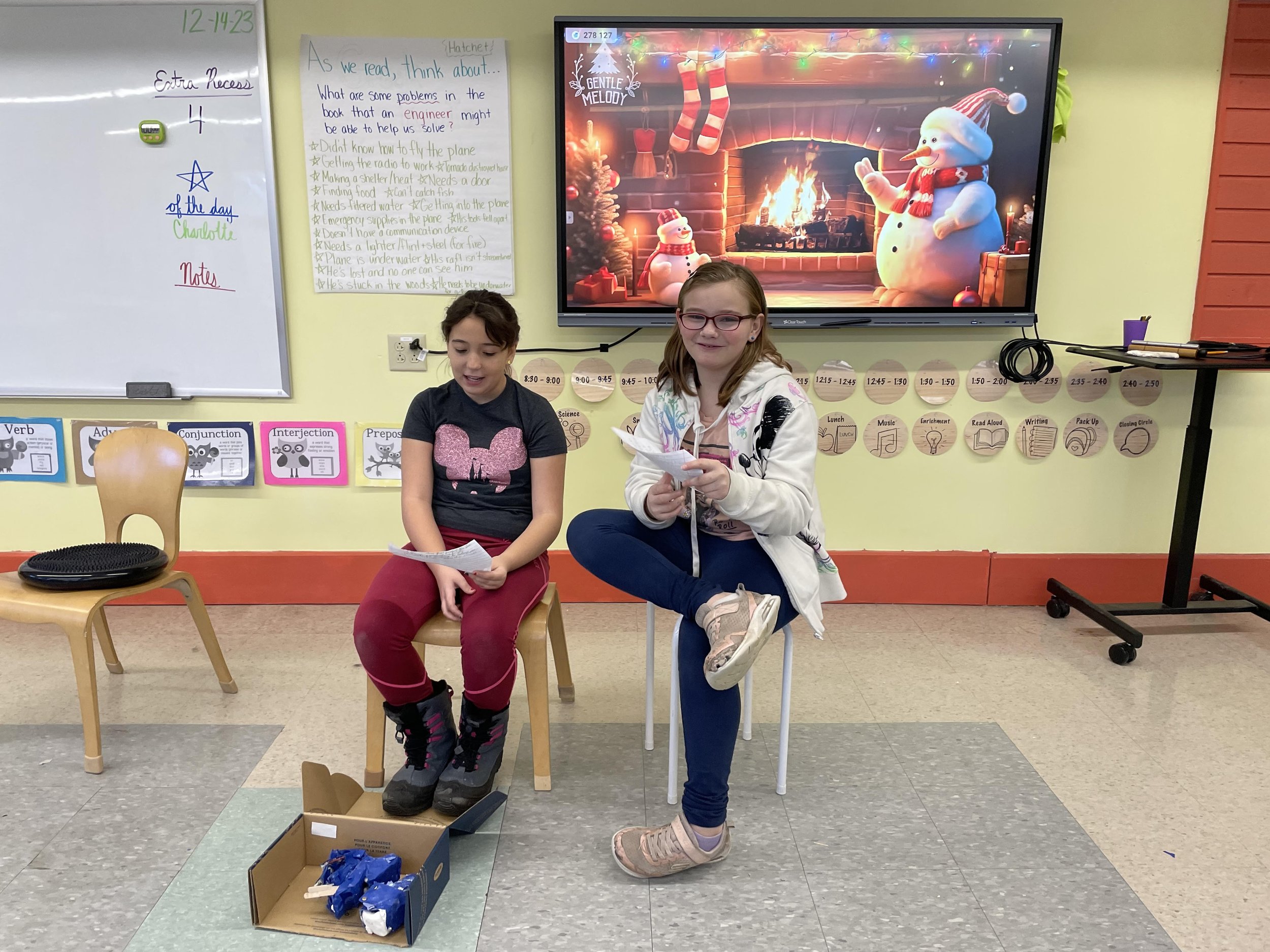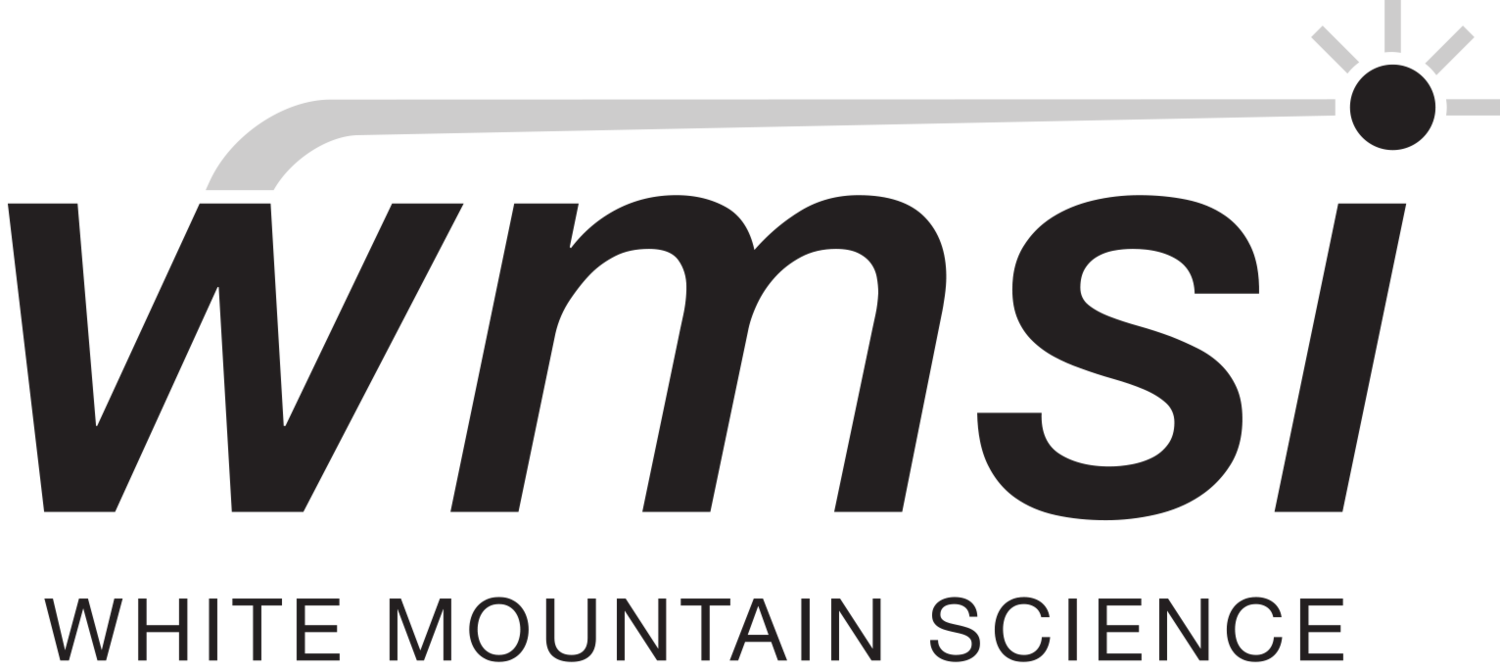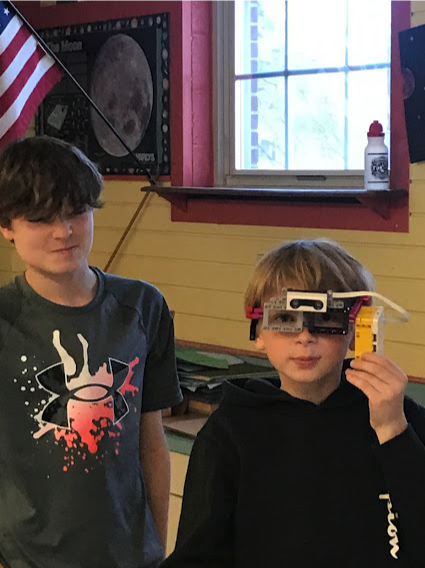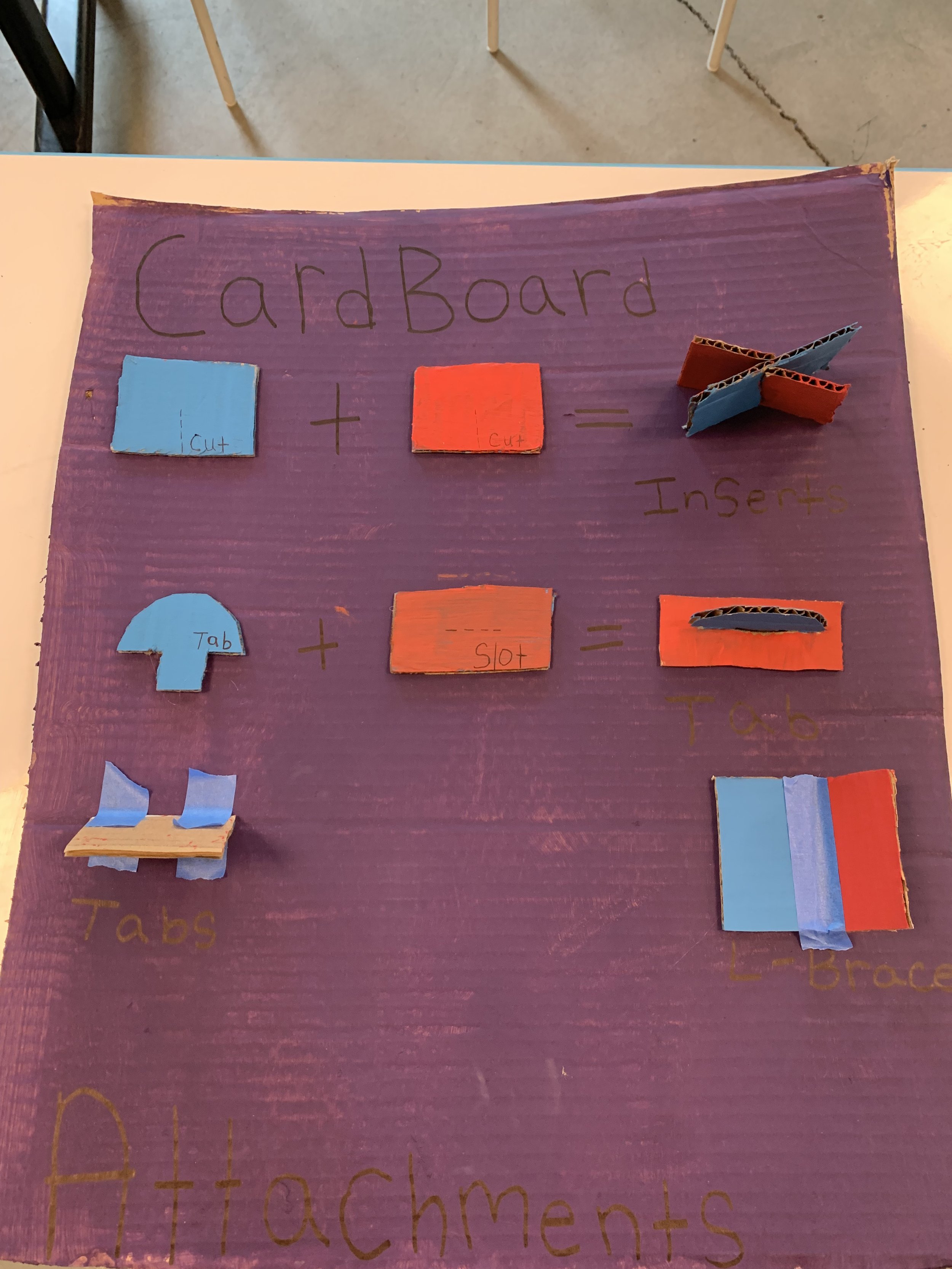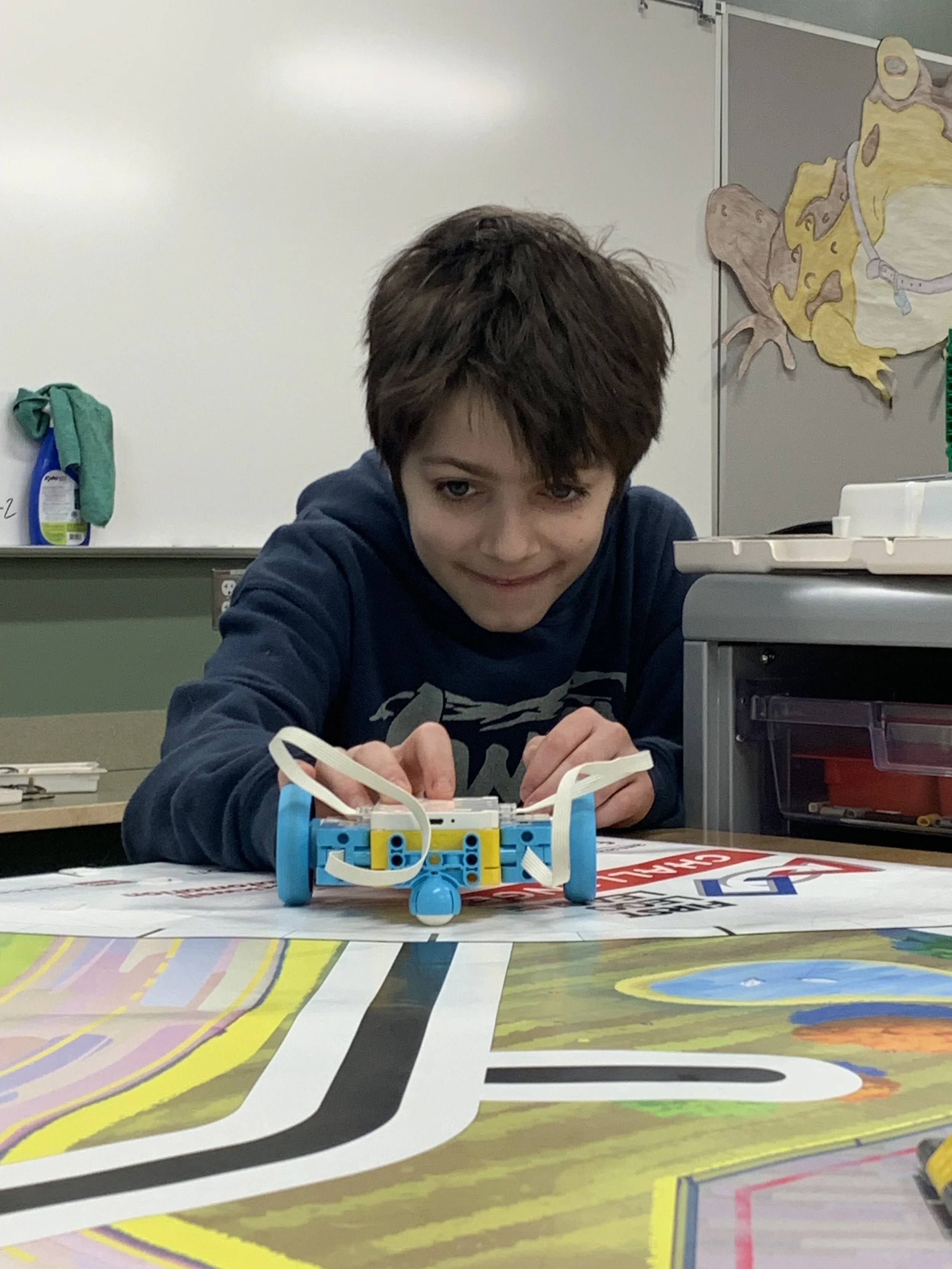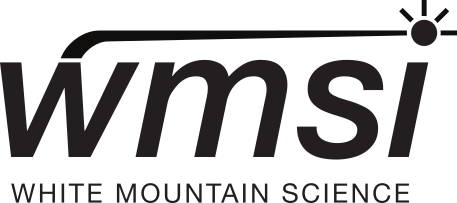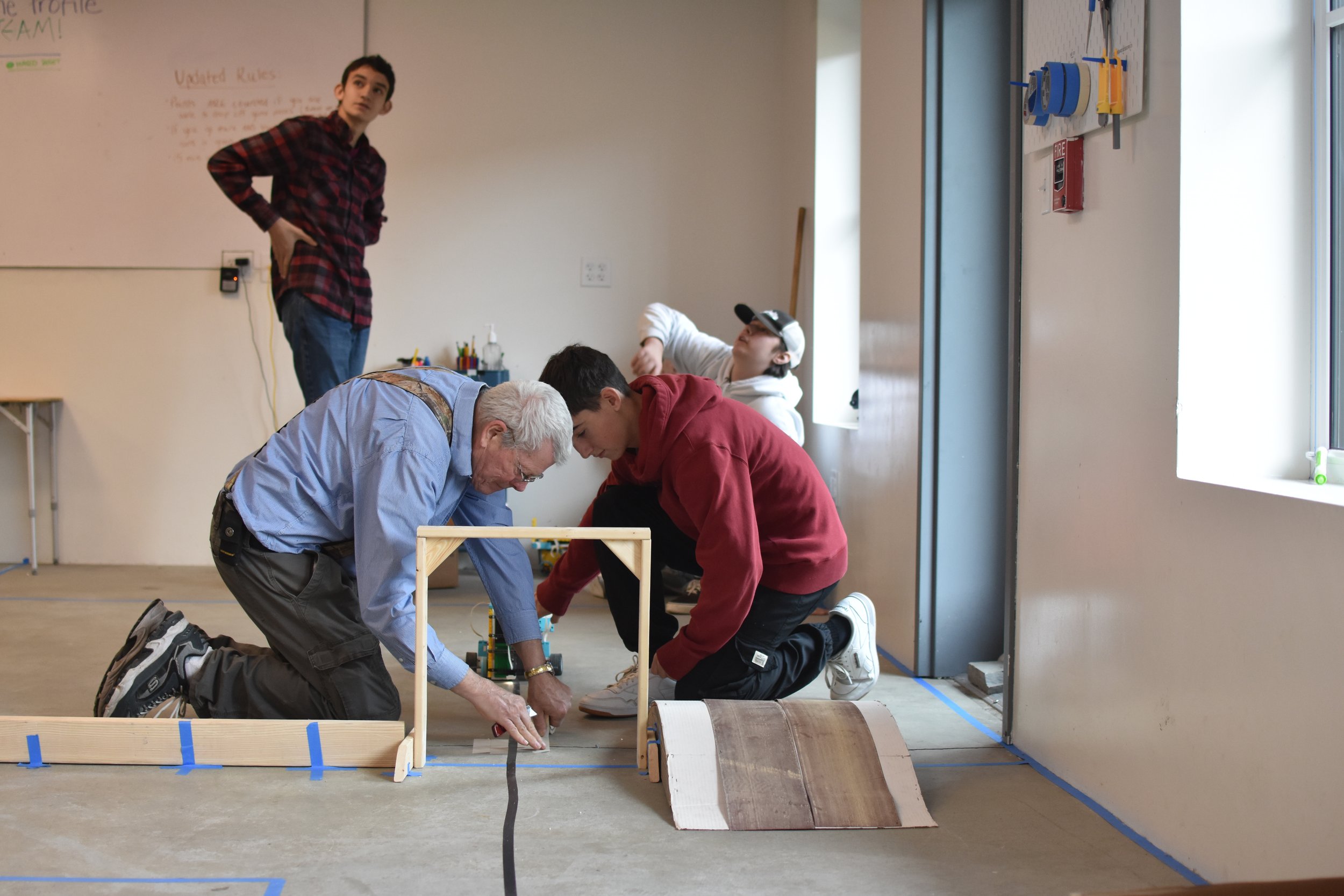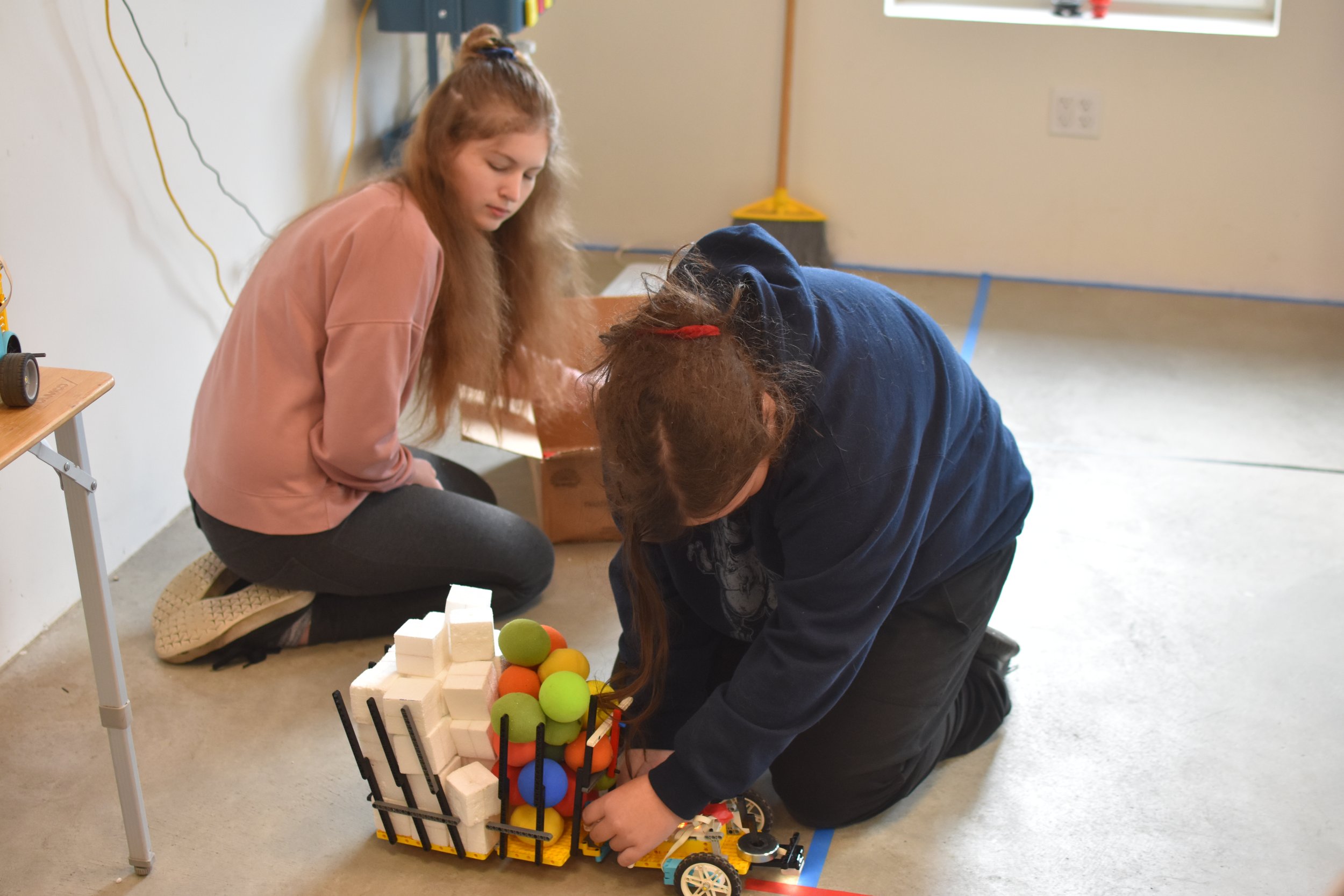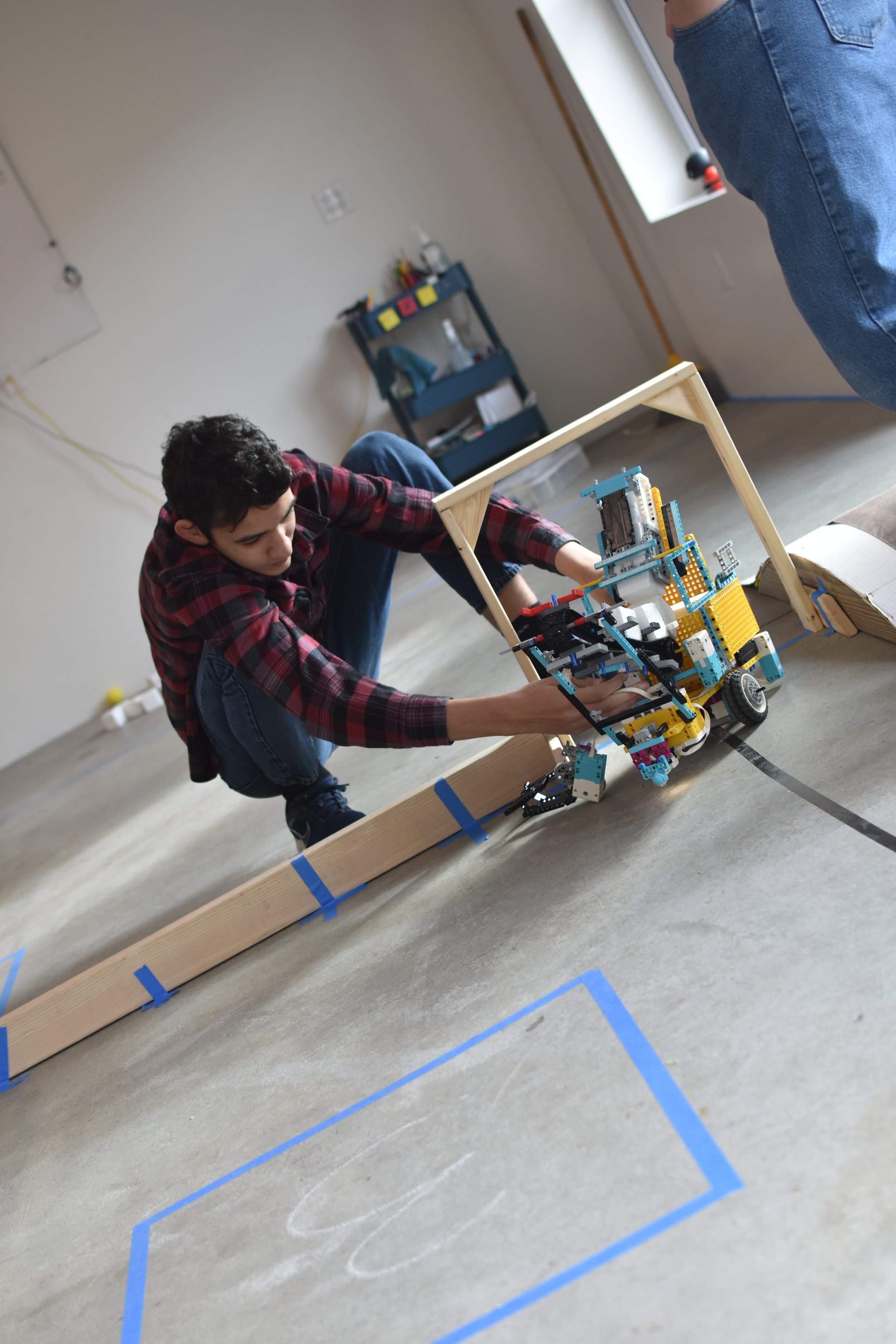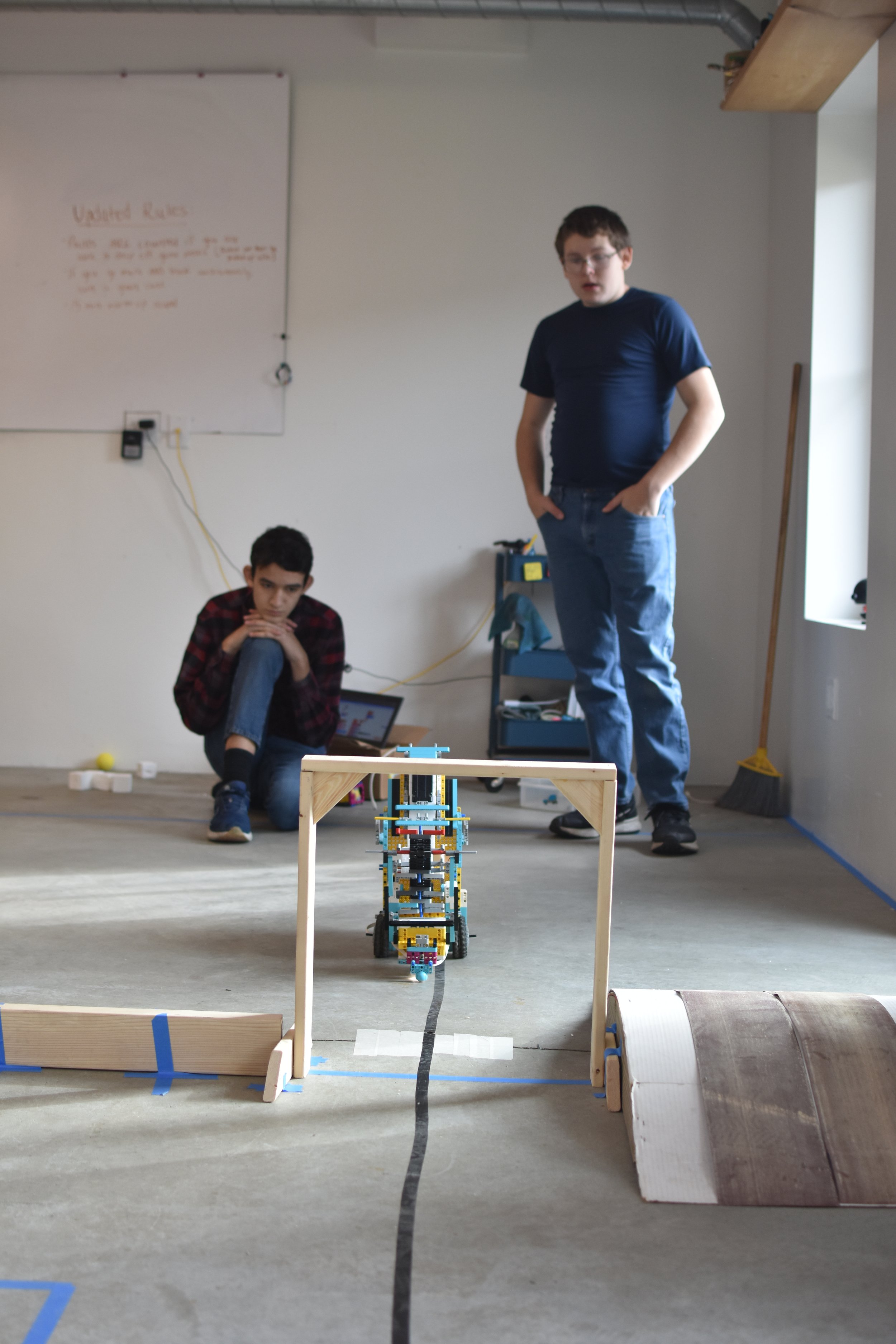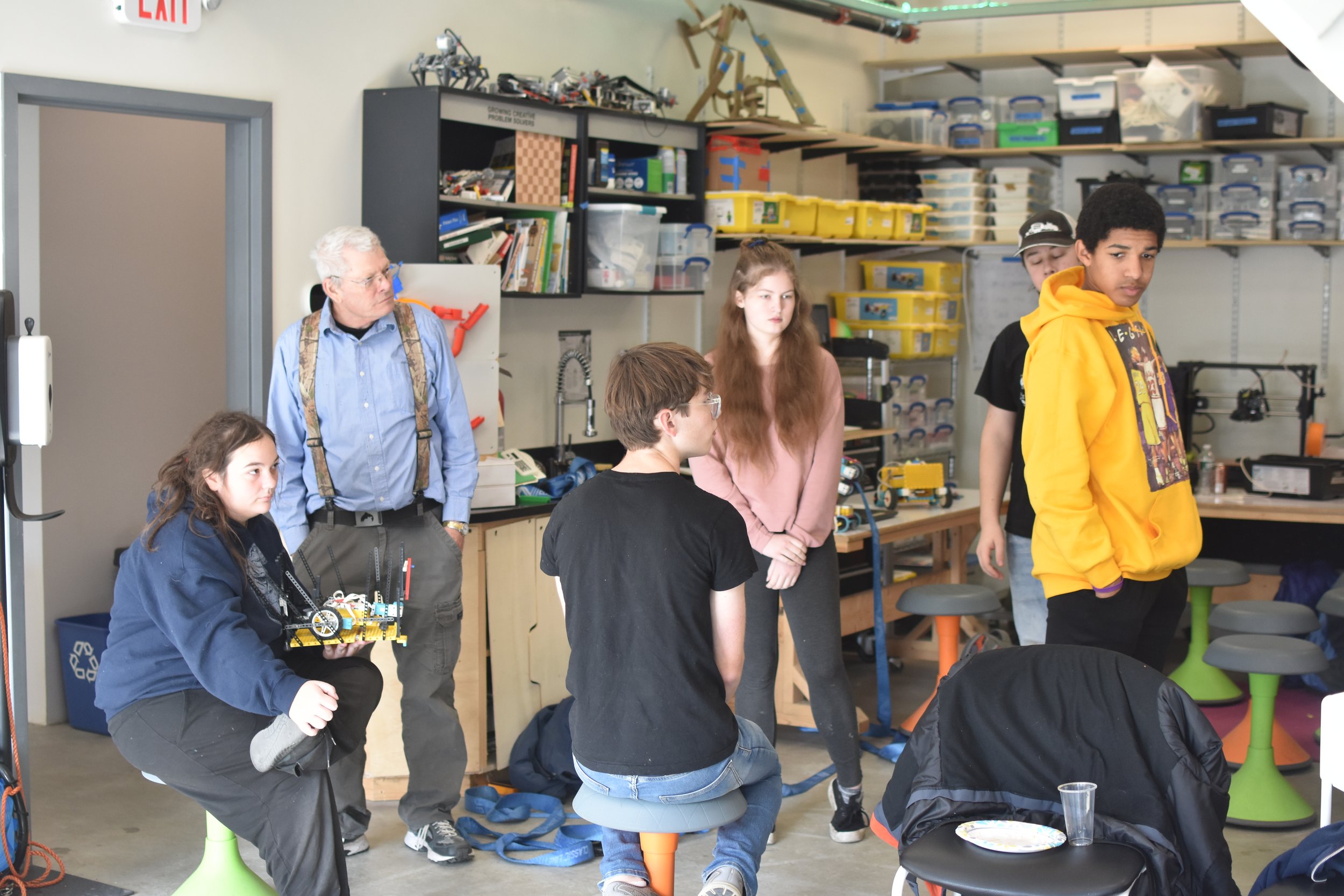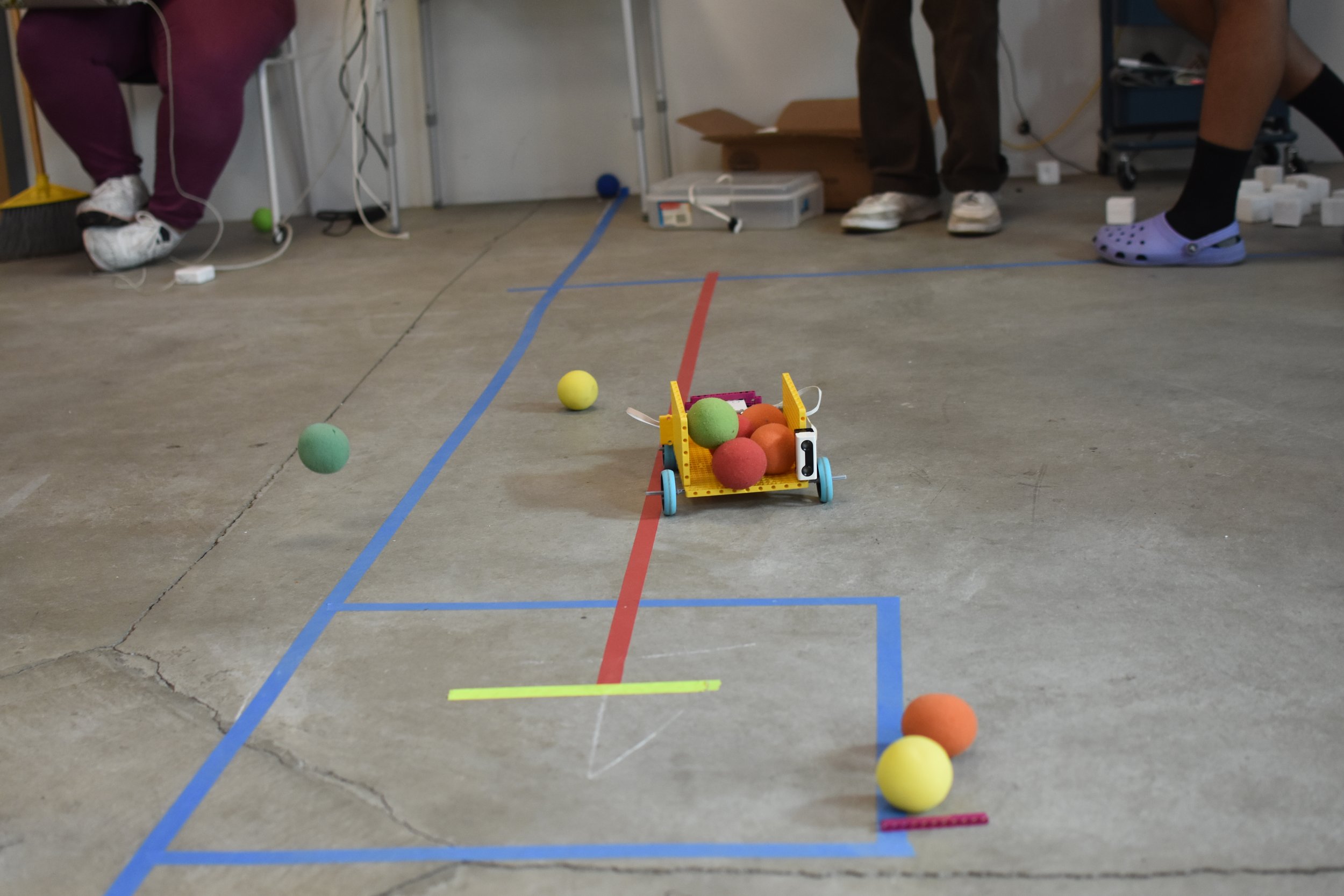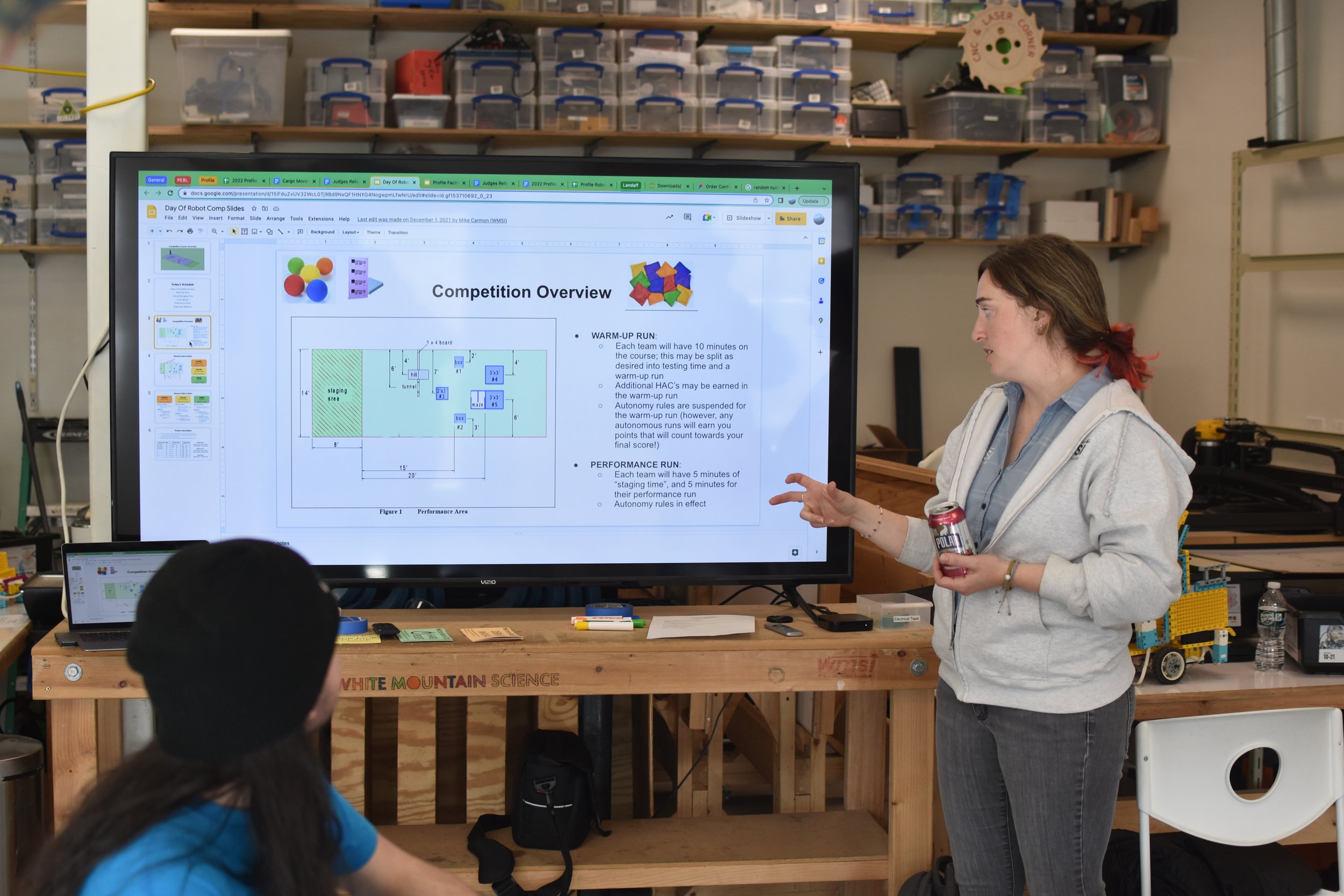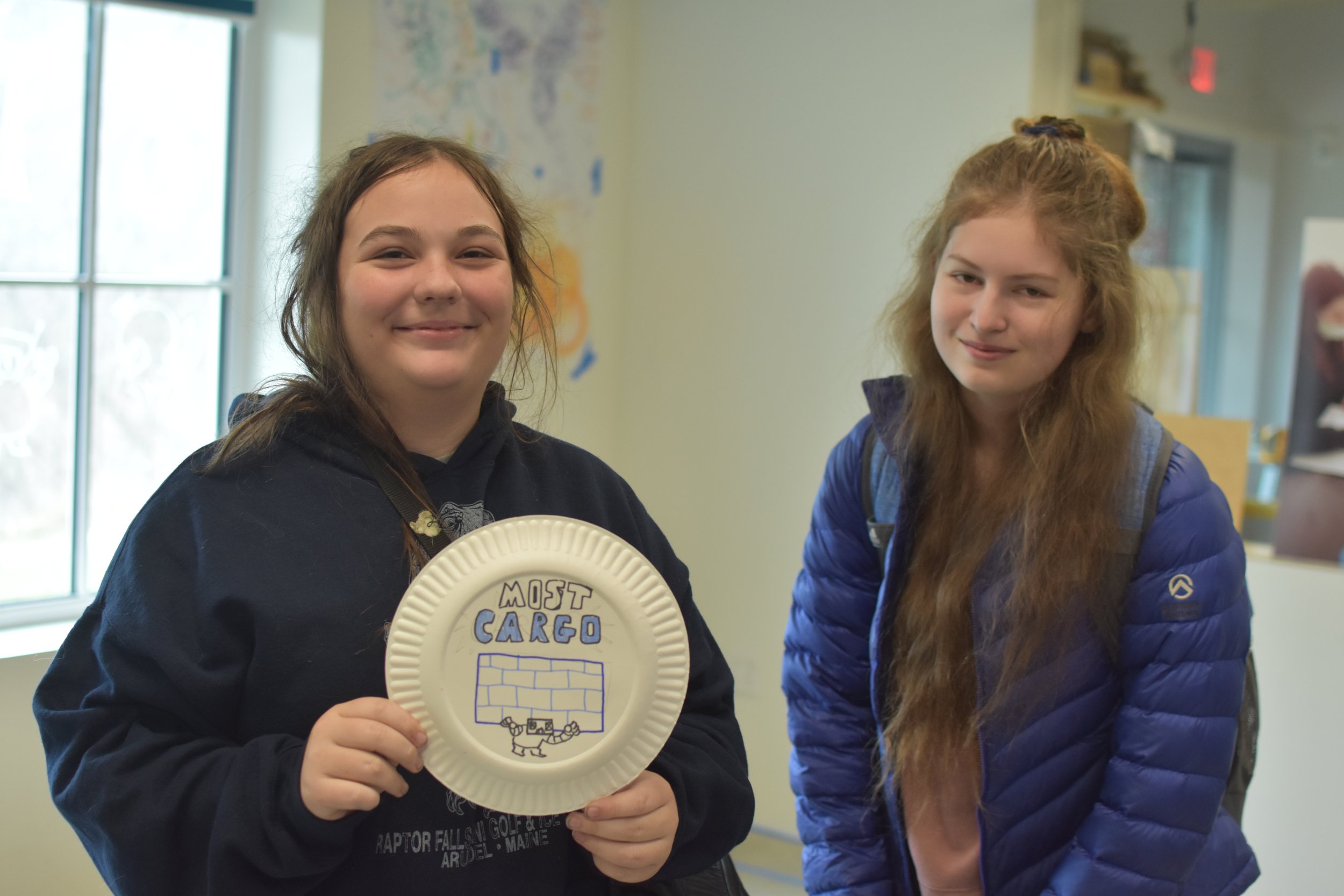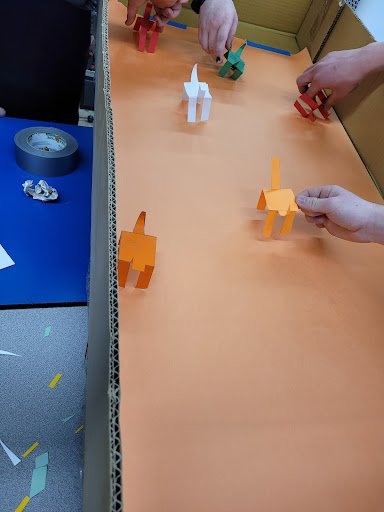This year, Dr. Turtle was not able to join us live virtually, but after watching her TED Talk, our campers asked her some questions via email regarding a project she is a part of called Dragonfly: a robotic rotorcraft that is going to be sent to the surface of Titan, the largest moon of Saturn!
Here is what we were curious about and Dr. Turtle’s responses…
How’s Dragonfly able to live on Titan without recharging its battery? Or how is it powered? Can it be charged using something from Titan?
Dragonfly is designed to use the same power source as the Mars Curiosity and Perseverance rovers. It's called a Multi-Mission Radioisotope Thermoelectric Generator, so people like to call it an MMRTG for short :) We can't use solar power because of how far Titan is from the Sun and because Titan's atmosphere is hazy, which reduces the amount of sunlight at Titan's surface even further -- Titan's day is about as bright as a night on Earth with a full Moon, so it's pretty easy to see, but it's not bright enough to generate solar power.
Dragonfly is designed to use the MMRTG to charge a really big battery. Most of the science measurements and all of Dragonfly's flights will be done during the day on Titan, and then we'll recharge the battery overnight.
Days and nights on Titan are much longer than on Earth -- each Titan day is 8 Earth days!
How long did it take to come up with the idea for Dragonfly?
People have been thinking of ways to explore Titan for a few decades, including orbiters, different types of flying robots like large balloons or an airplane, landers, and even a capsule that would be able to float on a Titan sea! With all of the work that went into these earlier mission ideas, and all of the data from Cassini and Huygens, there was a lot of information to start from, and the idea for Dragonfly actually came about pretty quickly over just a few months. Then we had to spend a lot of time working out all of the details of how all the parts of the lander and mission will actually work!
We started working Dragonfly in winter 2016, and our first proposal describing Dragonfly to NASA was submitted in April 2017. There was another round of proposals between December 2017 and April 2019, and happily NASA selected Dragonfly to become a mission in June 2019 :) Of course, there has been a lot of work to refine the mission design throughout this process and since Dragonfly was selected, but the basic mission idea has stayed the same.
How can it fit all the supplies there and back?
This is a big challenge, and the engineering team is working hard to find ways to make sure everything fits for each stage of the mission. The lander needs to be able to carry everything with it: all of the instrumentation, the power source, the antenna to communicate with Earth, etc. And the lander itself needs to fit into the vehicle that carries it to Titan and protects it as it enters Titan's atmosphere. There are hundreds of people working on Dragonfly at this point, and finding ways to make everything fit is one of our major activities!
How heavy is Dragonfly?
Dragonfly is about the same size as the Mars rovers. We're still working out details of the lander design so we don't know the mass yet, but it will be several hundred kilograms!
Is it called Dragonfly because it kind of looks like one?
We liked the name Dragonfly because, as you say, it resembles one a bit in how it looks, and also how Dragonfly travels, flying from place to place and landing at new sites to explore.
What got you interested in what you do?
When I was a kid, I was always interested in astronomy and space exploration, and I watched lots of shows like Nova about the Voyager and Viking missions, NASA's Space Shuttle, etc., and I spent a lot of time at the Boston Museum of Science too :)
I remember it being so exciting to see new places being explored and to see how much we still didn't know about our own Solar System, and even our own Earth when seen from the different perspective of being in orbit. It was also really interesting to see how people built robots and machines to travel to and to work in such distant and different environments, and to think about how people might be able to one day get to explore them in person!
I feel really lucky to be able to work in this field that has fascinated me since I was a kid!
